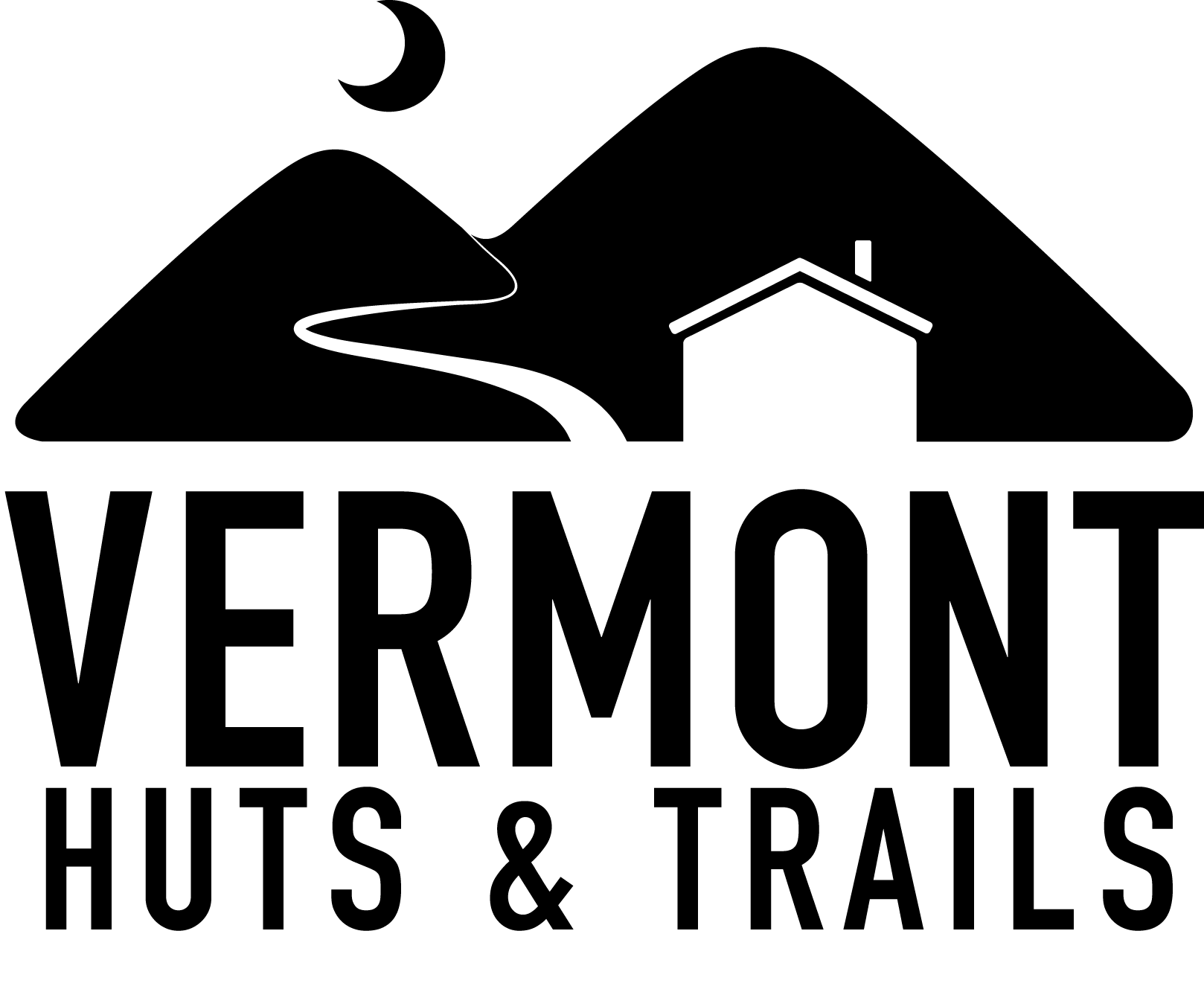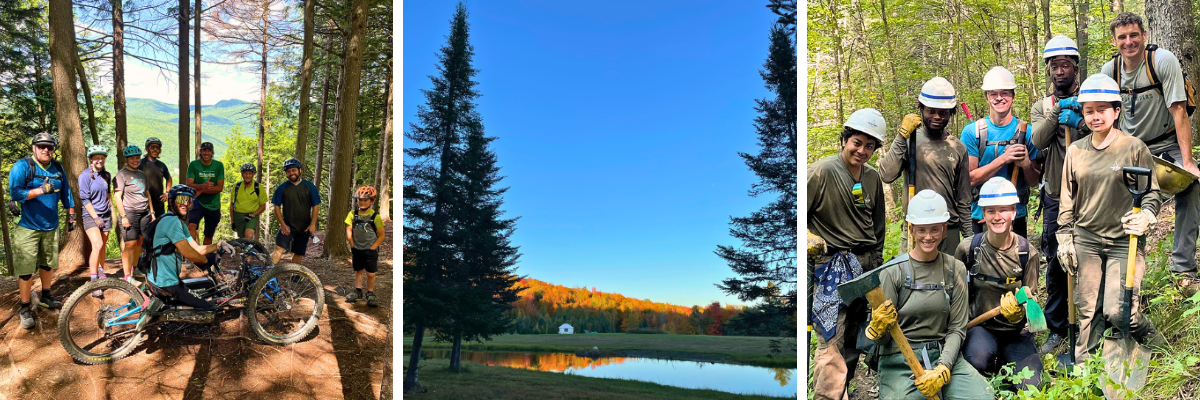By Rick Evans – Bike Tech and Lead Service Writer at Outdoor Gear Exchange
When it comes to getting your mountain bike ready for another season of ripping down the trails, A lot of what you’ll need to do depends on the state you left your bike in last fall. If you put your bike away for the winter without an end-of-season tune-up, it’s definitely a good idea to check your bike over for the upcoming riding season.
Pre-season Safety Shakedown
1. Tires
Look over your tires. Worn tires will grip less on climbs and you’ll have less control in the corners. Mountain bike tires may look like they have enough tread, but if the lugs are rounded over, they won’t grip as well as they should.
Also, inspect for damage to the tread and sidewall and dry-rot; replace tires if these are present. If you run tubeless, remember you need to replace your sealant at least once per season.
2. Brakes
Inspect your brake pads for wear. Running your pads down too far can be damaging to your rotors and possibly your brake pistons.
Inspect your rotors. Replace if rusted or if the metal is discolored blue and/or brown; this denotes heat damage to the rotor which will reduce braking action. Also, check your bolts or centerlock-ring for security.
3. Shifter Cables and Housing
Check your cables for wear and fraying, and for wear and damage to housing. The wire in housing can wear and lead to sluggish shifting, so if you haven’t gotten new housing in a couple of seasons, it’d be worth it.
4. Dropper Post
If you run a dropper post, check it for wear. Push on your saddle to check for ‘pogo-ing’. If your dropper pogos, it may need a new cartridge or, if it’s a Reverb, an overhaul. The saddle on a dropper will have some side-to-side movement but if it gets excessive it will need an overhaul.
5. Bearings
- Bottom Bracket: Wiggle your crankset from side-to-side, looking for any play. Lift your chain off of the chainring and spin your crankset. It should feel smooth and move freely. Any binding or grinding will indicate worn or dry bearings.
- Headset: Turn your front wheel to one side and grab your front brake. Wiggle the bike. There should be no movement in the headset; if there is movement, you’ll need to pre-load your headset again. Lift your front wheel and move the handlebars from side-to-side. Feel for binding and grinding as with the bottom bracket.
- Hubs: Grab your tire and wiggle the tire left and right. Look for any play. Spin the front wheel in the quest for binding and grinding.
6. Bolts
Check EVERY bolt on your bike for security—a jiggly water bottle cage is annoying, but a loose stem can be a killer.
7. Suspension
- Check the pressure of your fork and shock, they should not have diminished more than a few PSI.
- Push on your suspension. The suspension should feel smooth and noise free. Check your lockouts and dampers for function (counting clicks, turn your dampers on full slow, you should notice a marked difference in how the suspension rebounds. If your dampers or lockouts do not function, you’ll need service.
- Check your fork wiper seals. If they are dry, or older than a season, it’d be a good idea to replace them.
- Inspect the sliders of your shock. Look for any damage to the slider.
- Check your pivots. Lift your bike gently by the saddle. If you feel play on the linkage, check all of your pivot bolts. If they are tight, you will likely need new bearings and/or bushings.
Spring Cleaning!
Wash your bike! By hand. No high-pressure water. High pressure water can force out grease and force in dirt. Use a bike wash and a rag. You can use water, but let it fall gently and avoid pointing a stream at any of the bearing areas.
Plus, if you wash by hand, you’ll be more intimate with your bike’s condition and notice things like wear, chafing or cracks.
What You’ll Need:
- Bike wash: Washes come in spray bottles and won’t harm bike finishes. Try Pedro’s Green Fizz or Finish Line’s Super Bike Wash.
- Degreaser: Use degreaser on chains, cassettes and chainrings to get rid of the gunk that’s accumulated through over-lubrication. Avoid getting degreaser on rotors, brake pads or rims (if you have rim brakes).
- Brushes: Use brushes to get into the hard-to-reach areas for that deep clean. Also good for cleaning out between the cassette rings. The Park Tool BCB-4.2 set has everything you’ll need to keep your bike clean.
- Lubrication: When you’re done cleaning, you’ll need to lubricate. Bike drivetrains need less lubrication than most people think, though—just apply a drop per link to your chain. Do this AFTER a ride to allow the lubricant to settle into the links. Remember to wipe off any excess lube; more than a sheen of lube on the outside plates of a chain just attracts dirt.
Check the Rest of Your Gear, Too
- Your helmet: Helmets are one place to never skip a once-over. Cracks in the microshell or damage to the foam or retention system will compromise your helmet’s safety. Remember, there is no repairing a helmet, only replacement!
- Wearables: If you run step-in pedals, make sure to check your cleats. Worn cleats can make it harder to get in and out of your pedals. Also, how’s your chamois pad? They don’t last forever, so give them a look.
- Packs: Check your hydration pack’s straps, buckles and reservoir. Camelbak makes reservoir cleaning brushes and tablets for removing deposits. If you run a saddle bag, make sure all of the straps and Velcro work.
- Tools: Make sure you’ve got all of the tools you need for trail emergencies, and that they’re in good condition. The tools you’ll want to bring along can vary based on the length of your ride, and can include: Frame pump, multi-tool, spare tube, patch kit, tubeless plug kit, and a first aid kit.
Remember, Your Local Bike Shop is Here to Help!
If you’re feeling a little daunted by this laundry list of pre-season mountain bike prep, fear not: Bringing your bike in to your local bike shop is a surefire way to get any of your questions answered and your bike riding better than ever out on the trail this season.

